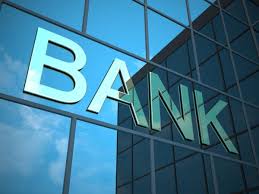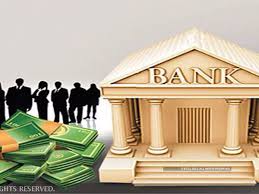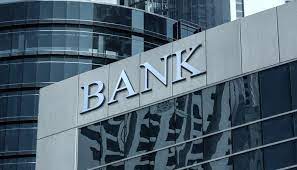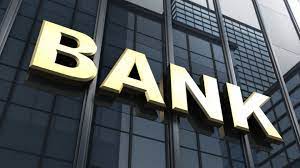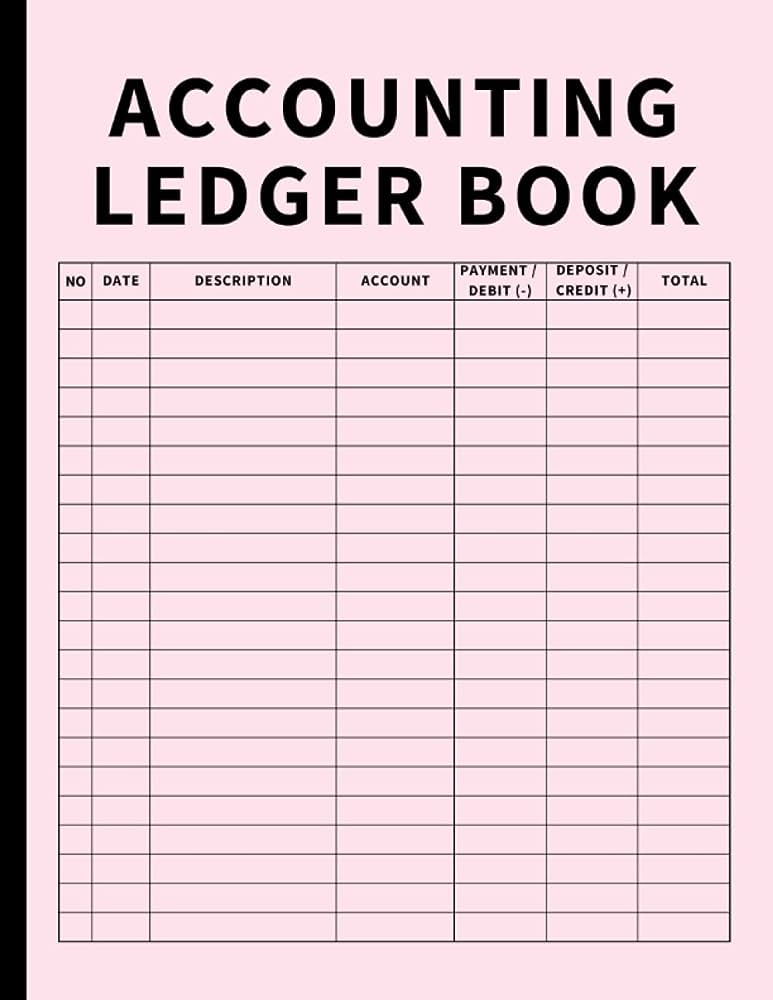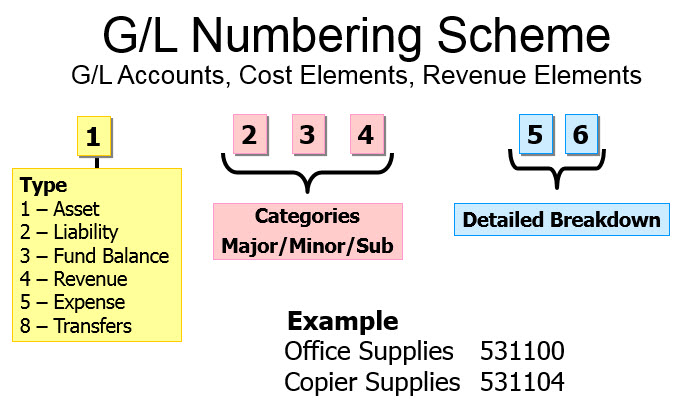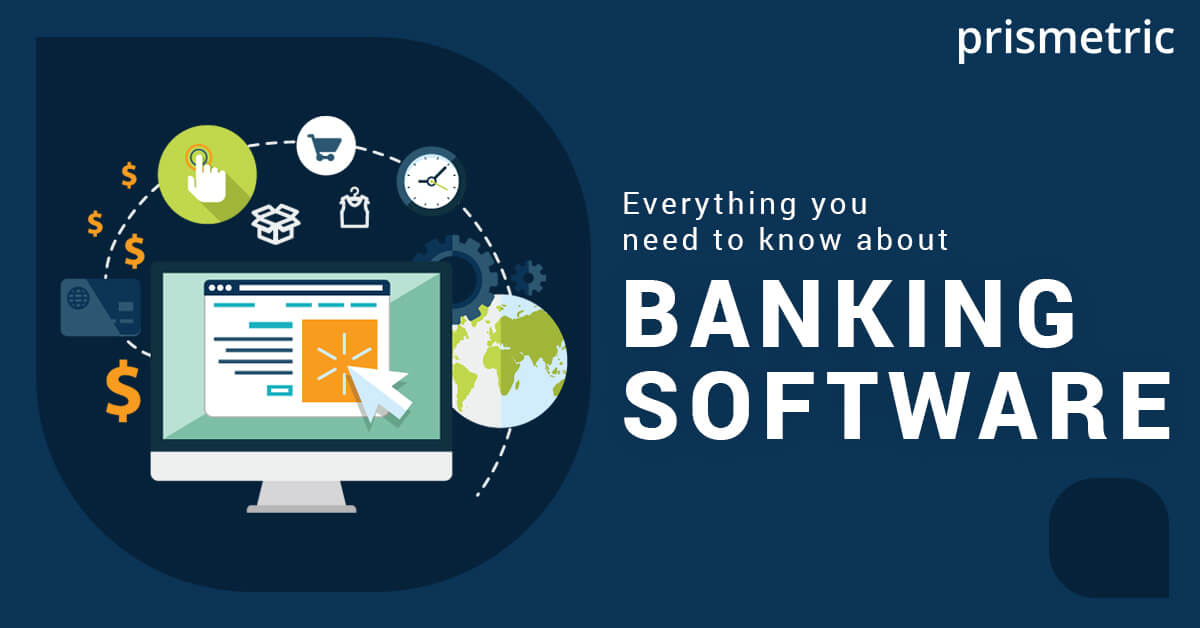28
Sep
There are various types of banks that cater to different needs and serve specific functions within the financial system. Here are some common types of banks: Retail Banks: Retail banks, also known as commercial banks, are the most familiar type of banks to the general public. They provide a wide range of banking services to individual consumers and small to medium-sized businesses. Retail banks offer services such as deposit accounts, loans, mortgages, credit cards, and basic financial advisory services. They have a network of branches and often provide online and mobile banking platforms for customer convenience. Commercial Banks: Commercial banks…

